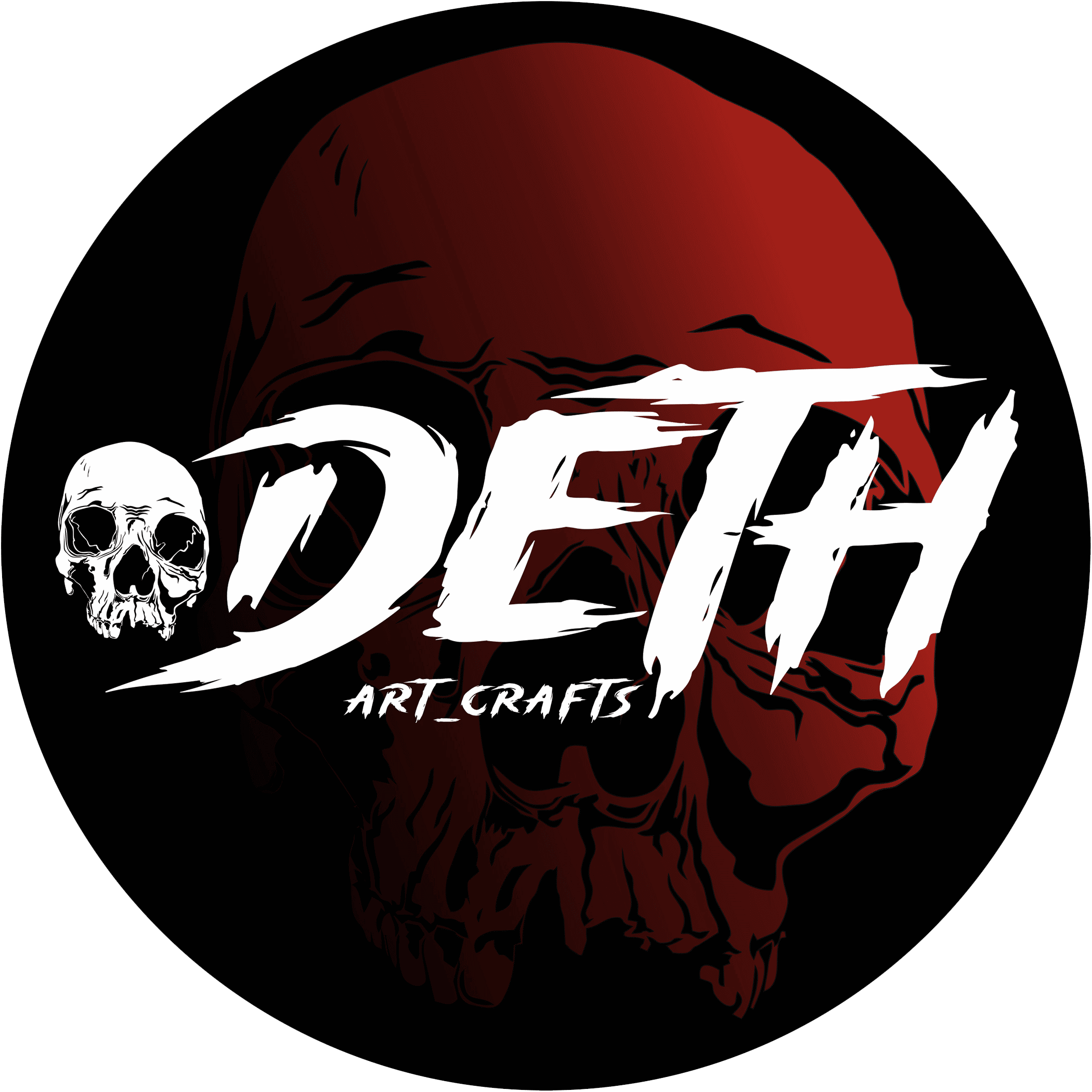The Domovoy: Protector of the Slavic Hearth
Have you ever felt another presence in your house? Have you lost an item that was right before your eyes? Did you somehow felt a pinch or someone pulls your hair? This article might give you a hint or a solution. Meet the Domovoy !
In the vast tapestry of Slavic folklore, the Domovoy stands out as one of the most beloved and revered figures. Often portrayed as the guardian spirit of the home, this mythical being is both a protector and, at times, a mischievous force. It is deeply ingrained in the Slavic cultural psyche, shaping rituals, traditions, and even the architectural design of homes across Eastern Europe. To understand the Domovoy is to delve into the heart of ancient Slavic mythology, where the line between the physical and spiritual world is thin, and the home is a sacred space guarded by unseen forces.
Origins of the Domovoy
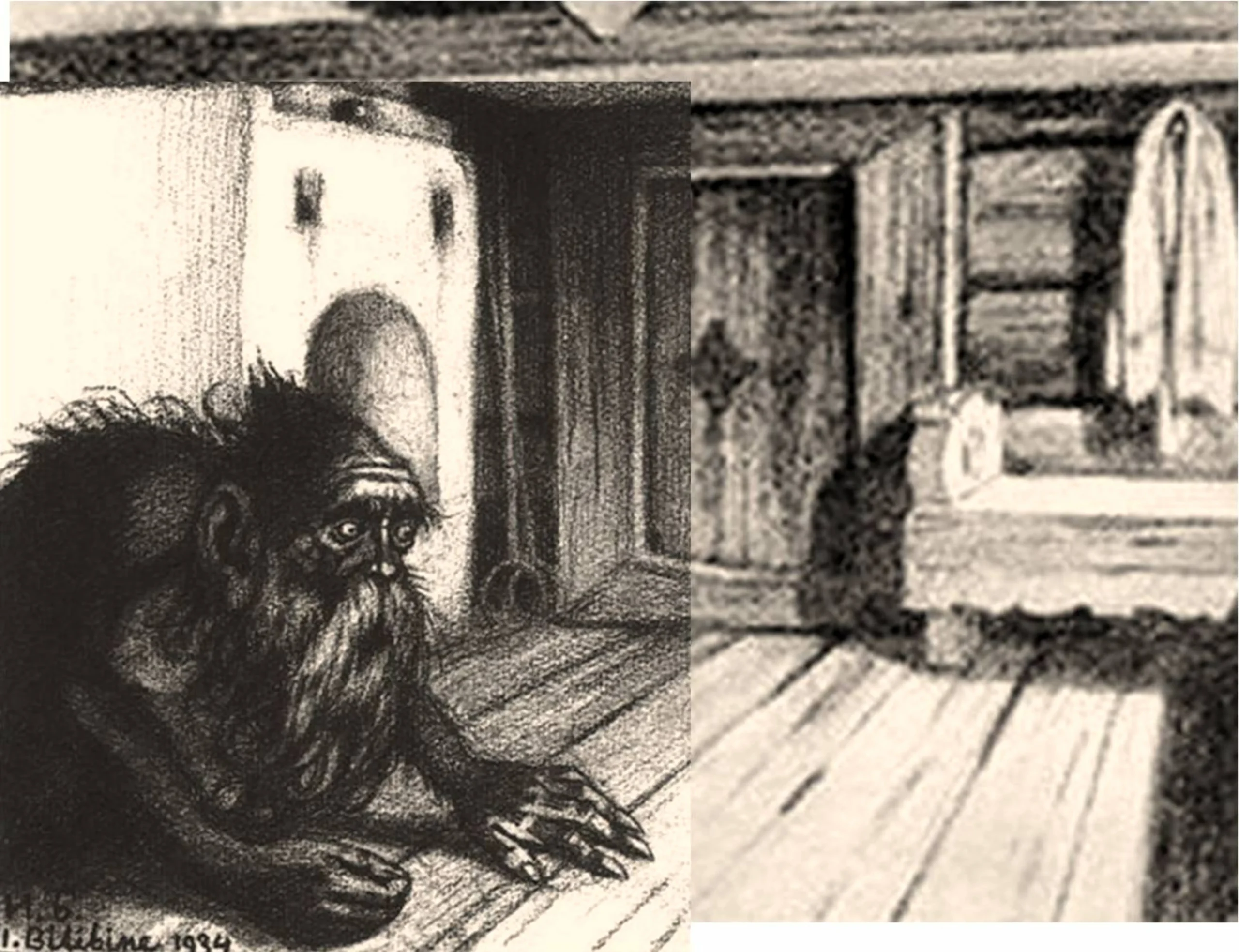
The Domovoy’s origins can be traced back to pre-Christian Slavic beliefs. Before the arrival of Christianity in the Slavic lands, the spiritual world was populated by a plethora of deities and spirits that interacted with the mortal world. These spirits were tied to nature, the household, and everyday life. The Domovoy, in particular, was believed to be the spirit of the house, a direct link between the family and the ancestral spirits.
The word “Domovoy” comes from the Slavic root “dom,” which means home or household. This etymology highlights the Domovoy’s primary role as a protector of the home and its inhabitants. In some regions, it was believed that the Domovoy was the spirit of the first ancestor or founder of the family line, further cementing his role as a guardian of familial legacy.
Physical Appearance & Role in the Household
The Domovoy is typically depicted as a small, old man with a long beard. He is often portrayed as being slightly hunched, symbolizing both his age and his humble role within the household. His attire is usually simple, consisting of traditional Slavic peasant garb, such as a tunic and belt. In some variations, he is covered in hair from head to toe, resembling more of a woodland or animalistic creature, but his demeanor remains more human than beastly.
Although the Domovoy is usually invisible to the household members, he can choose to reveal himself but encounters are rare but significant. If a family member does see him, it is typically in the form of a small, shadowy figure moving around the house, or even sitting quietly near the hearth. Some traditions say that the Domovoy may take on the appearance of the head of the household, especially in times of need or danger, suggesting a deep connection between the spirit and the family patriarch.
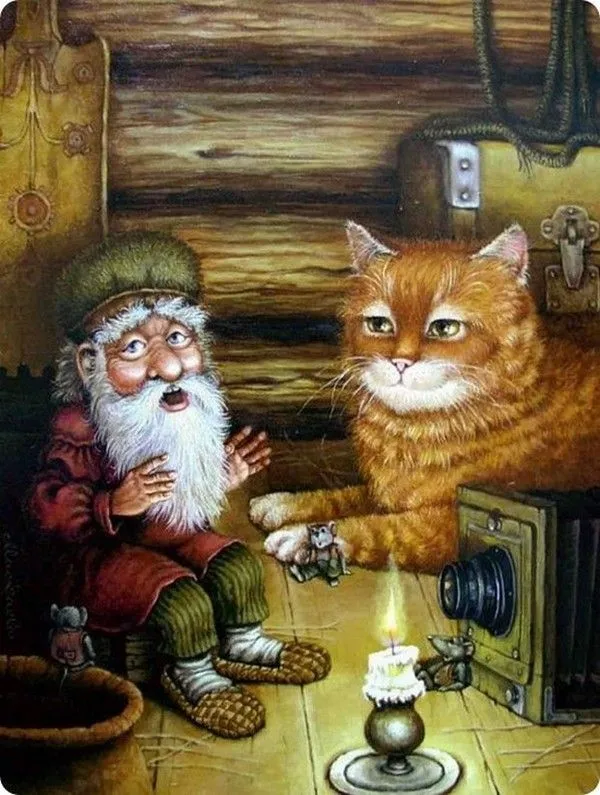
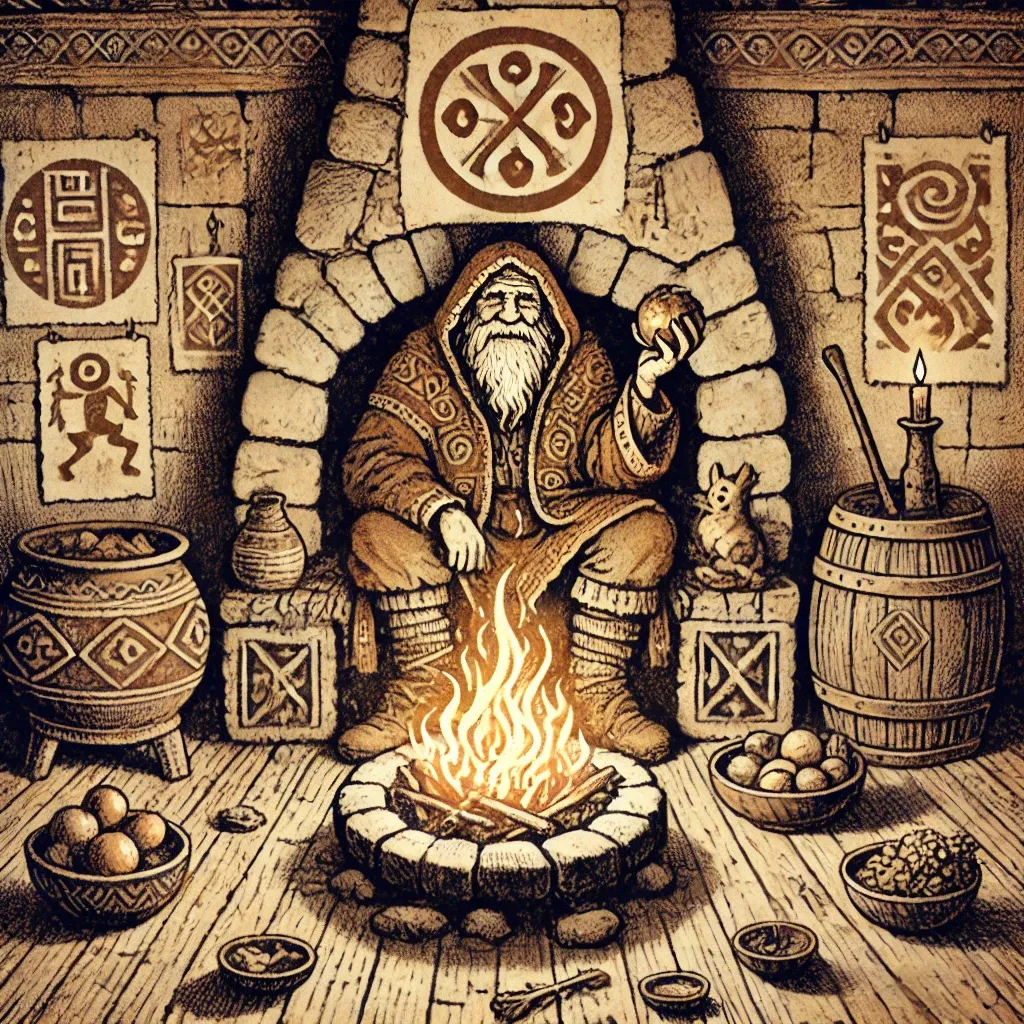
The Domovoy’s primary role is that of a protector. He ensures the well-being of the family, the livestock, and the home itself. His presence is most often felt through his quiet vigilance, as he watches over the day-to-day activities of the household. He is believed to have the power to ward off evil spirits and misfortune, ensuring the prosperity and safety of the family. However, it is not a passive protector. His relationship with the family is reciprocal,he expects respect, offerings, and care in return for his guardianship. Families traditionally left small offerings for the Domovoy, such as bread, milk, or a portion of the evening meal. These offerings were typically placed near the hearth, which was considered the heart of the home and its favorite spot.
Benevolent and Mischievous Nature
While the Domovoy is fundamentally benevolent, he is also known for his mischief. If a household is disorderly or the family fails to show him proper respect, he can become irritable and cause minor disturbances.
These disturbances might include moving objects around the house, hiding things, or creating noises during the night.
Some tales speak of the Domovoy pulling the hair or pinching members of the household, particularly if they have been lazy or disrespectful.
However, the Domovoy’s mischief is usually a form of communication rather than malevolence. He acts out when he feels neglected or when the family fails to uphold their part of the spiritual relationship. In this way, the spirit serves as a moral compass for the family, reminding them to live in harmony with their home and each other. In extreme cases, if a family falls into disrepair or becomes morally corrupt, the Domovoy may leave the household altogether. This is seen as a disastrous event, as the loss of the Domovoy’s protection opens the family up to evil spirits, misfortune, and sickness. A home without a Domovoy is considered vulnerable and unlucky.
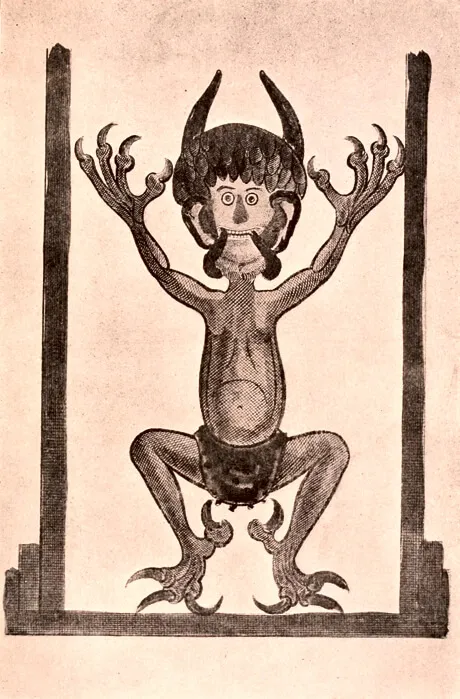
There are numerous rituals associated with the Domovoy, many of which revolve around major life events such as moving into a new home, marriage, or the birth of a child. When moving into a new home, it was common for the head of the household to invite the Domovoy to come along. This invitation was usually made in the form of a small ritual, where bread and salt were offered at the threshold of the new house, and a spoken invocation was made, asking the Domovoy to bless the new home with his presence.
Christianization and the Domovoy
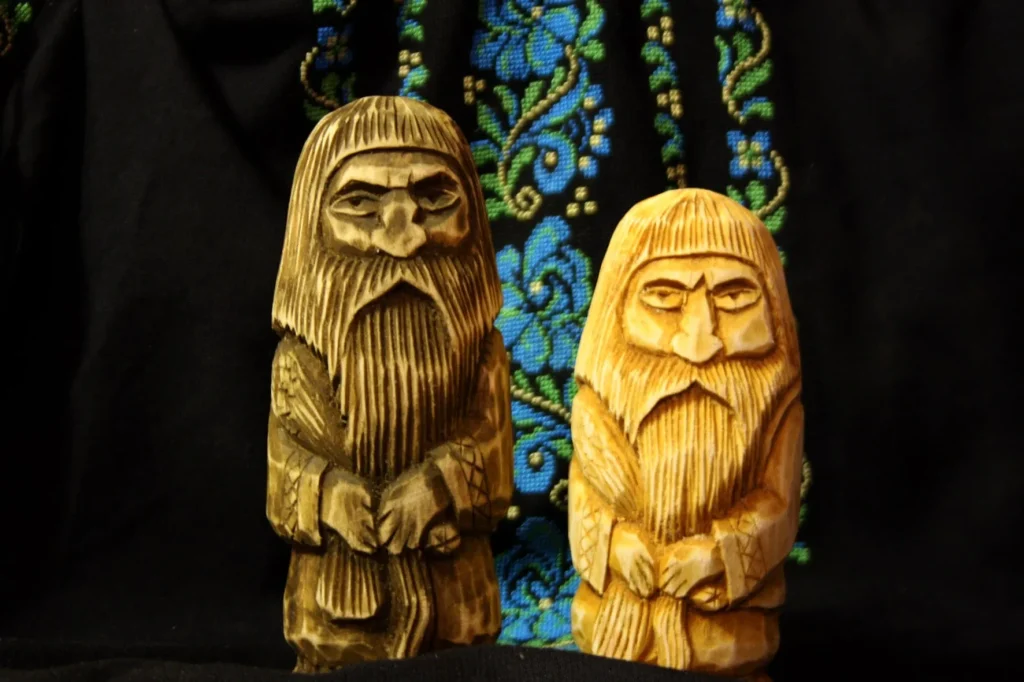
With the advent of Christianity in the Slavic lands, the Domovoy, like many pre-Christian spirits and deities, was not entirely erased but rather transformed. The church viewed many of these spirits as remnants of paganism, yet they were so deeply embedded in Slavic culture that they could not be easily discarded. Instead, the Domovoy was reinterpreted through a Christian lens. He became less of a deity and more of a helpful, if slightly mischievous, household spirit.
Many Christian Slavs continued to honor the Domovoy, though they did so in a way that was compatible with their new faith. Offerings were still made, but prayers to saints or the Virgin Mary might accompany these acts. The spirit’s role as a protector of the home persisted, blending seamlessly with Christian notions of guardian angels and divine protection.
In modern Slavic households, the belief in the Domovoy has faded somewhat, especially in urban areas. Yet, the figure of the Domovoy still holds a place in the collective memory and imagination of the Slavic people. Folk tales, children’s stories, and even modern literature continue to reference the Domovoy as a symbol of home and familial love.
The Domovoy is a rich and enduring figure in Slavic folklore. As the guardian of the home, he symbolizes the importance of family, tradition, and respect for the unseen forces that shape our lives. Though his presence may be subtle, his role as protector and moral guide has ensured his place in the hearts of generations of Slavic people. Whether through stories passed down from elders or rituals performed in quiet reverence, the Domovoy continues to watch over the hearth, ensuring that the fire of family and tradition burns bright.

Usefull info
- Alternate Names: Pechnik, zapechnik, khozyain, iskrzychi, tsmok, vazila
- Equivalent: Hob (England), brownie (England and Scotland), kobold, goblin, or hobgoblin (Germany), tomte (Sweden), tonttu (Finland), nisse or tunkall (Norway).
- Epithets: Old Man of the House
- Culture/Country: Slavic mythology
- Realms and Powers: Protecting the house, outbuildings, and occupants and animals residing there
- Family: Some domovoi have wives and children—the daughters are hauntingly beautiful but fatally dangerous to humans.
